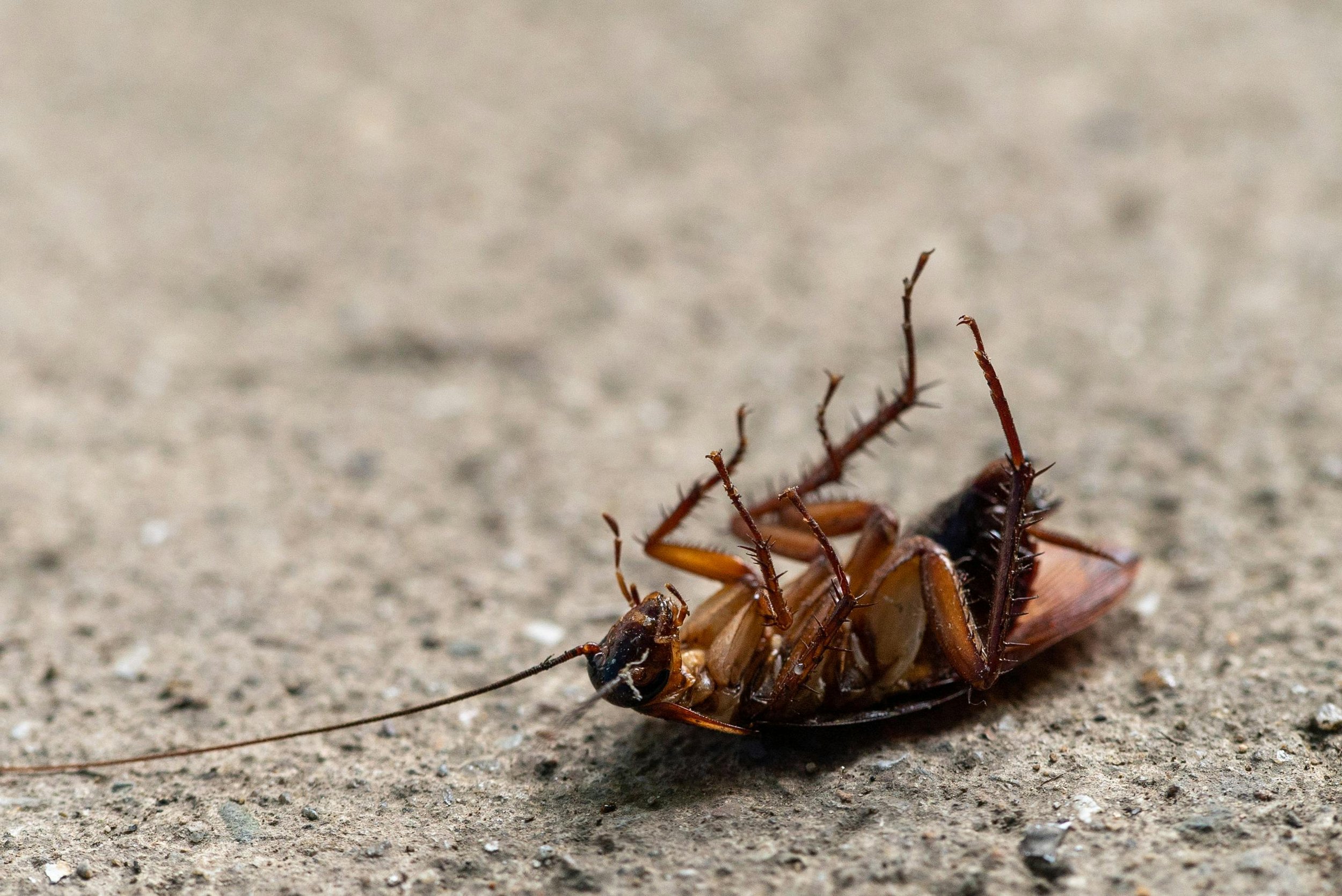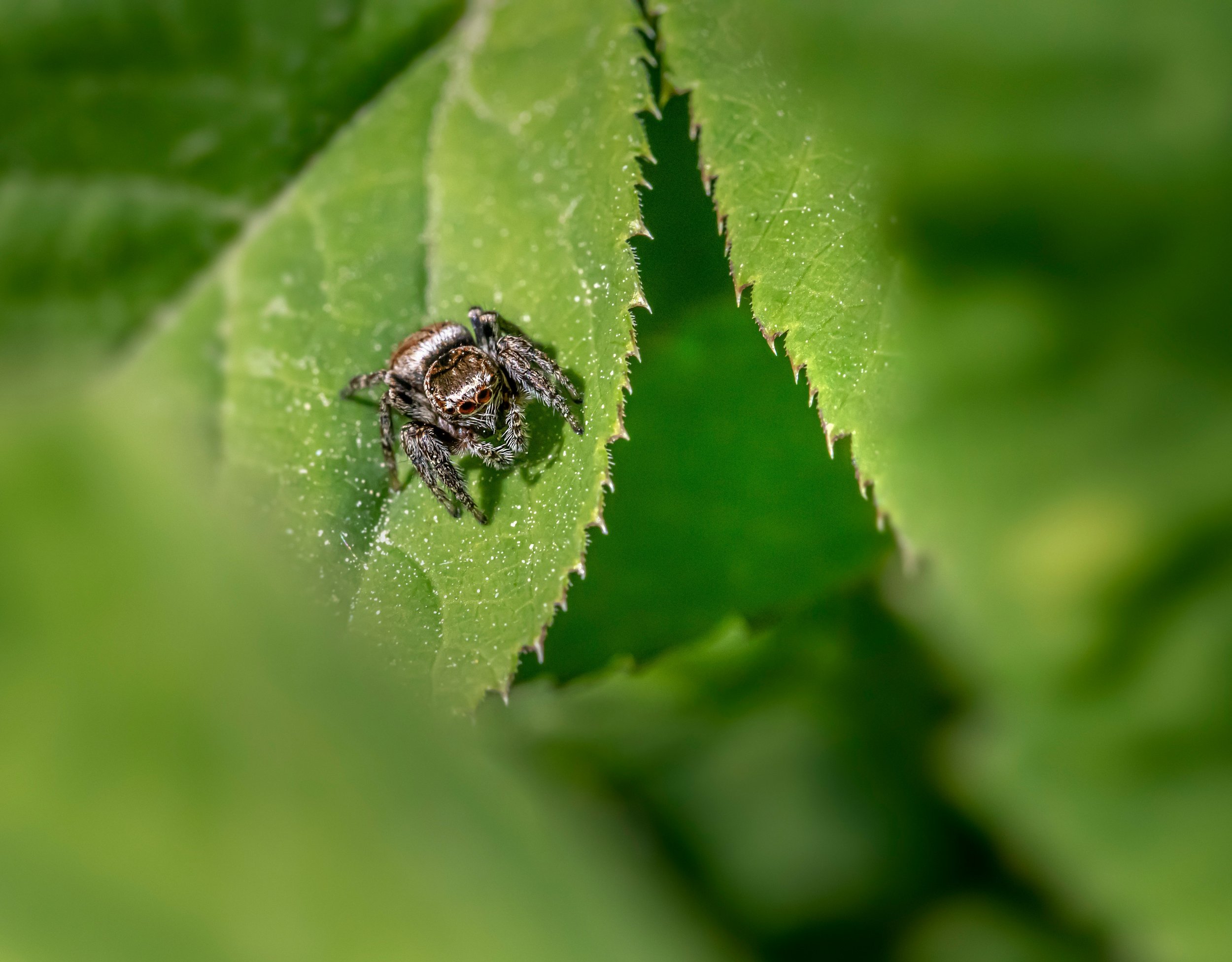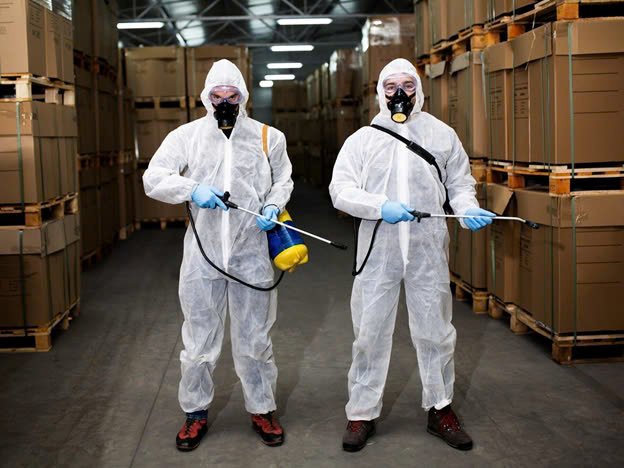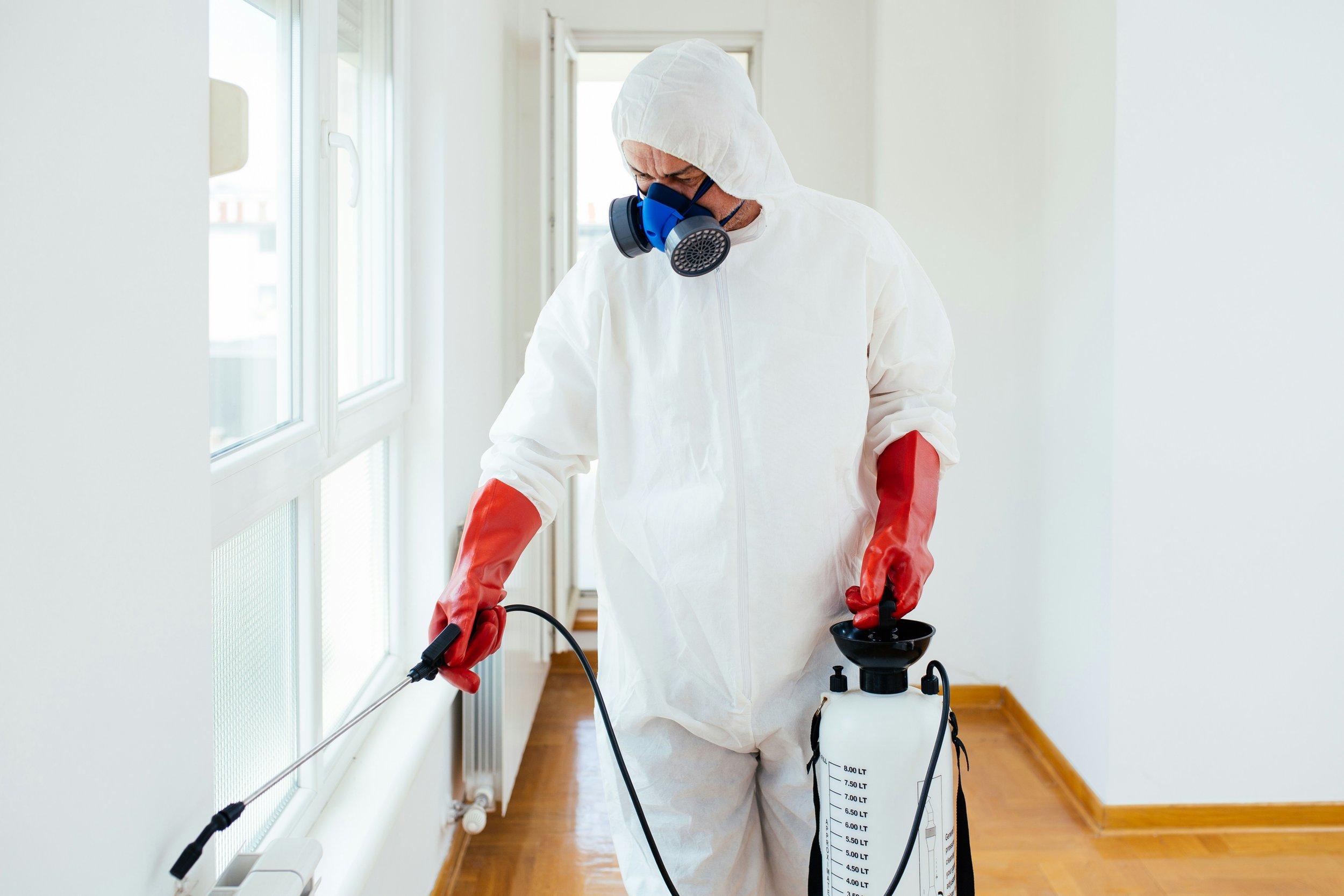The Hidden Dangers of Ignoring a Pest Infestation
Uncover the hidden dangers of ignoring a pest infestation, from structural damage to health risks, and learn why swift action is essential for protecting your home.
Pest infestations are more than just an inconvenience; they present significant health, financial, and structural risks when left unchecked. These uninvited guests, ranging from insects to rodents, can infiltrate homes and businesses, causing a cascade of problems that can quickly escalate beyond simple annoyance. Understanding the hidden dangers of ignoring a pest infestation is crucial to safeguarding one's living or working environment. This blog delves into the potential perils and underscores the importance of prompt and effective pest management.
Economic Impact of Infestations
The economic ramifications of a pest infestation can be staggering, affecting both individuals and businesses alike. For homeowners, the costs might begin with minor repairs but can quickly escalate if structural damage occurs, particularly in the case of wood-destroying pests like termites. Beyond repair costs, there's the potential for increased utility bills due to damage to insulation or HVAC systems. Working with local pest control, whether that's an exterminator in Greenwich, CT, or a specialist in Phoenix, AZ, is essential to mitigate these costs and prevent further damage. For businesses, the impact of pest infestations can be even more devastating. They can lead to lost revenue due to health code violations and damaged inventory or property. In some cases, they can result in lawsuits from customers or employees who have been affected by the presence of pests.
Health Hazards Posed by Pests
Pests are notorious carriers of various diseases, making them a significant health threat in both residential and commercial settings. Insect pests such as mosquitoes and ticks can spread dangerous illnesses like West Nile virus, Lyme disease, and malaria. Rodents, on the other hand, are known to carry diseases such as hantavirus and salmonella, which can spread through their droppings and urine.
Cockroach infestations, besides being unsightly, can trigger allergies and exacerbate asthma conditions, especially in children. The presence of these pests can compromise the air quality within a home or workspace, leading to long-term health issues if not addressed promptly. Thus, dealing with pest infestations efficiently and promptly is not merely about comfort; it is a vital component of maintaining a safe and healthy environment.
Structural Damage and Long-term Consequences
Beyond immediate health and financial impacts, pests can cause significant structural damage that may have long-lasting repercussions. Termites are among the most notorious culprits when it comes to structural damage, as they can chew through wood undetected for years, compromising the integrity of a building. This infestation can weaken supports, causing floors and ceilings to sag or collapse. Carpenter ants and certain beetle species can also bore into wood, leading to similar issues.
Rodents, while more focused on nesting, can gnaw on electrical wires, posing a fire hazard and potential electrical failures. Over time, such damage necessitates costly repairs and renovations, which can be avoided with proactive pest management. Addressing pest problems early not only preserves the structural integrity of buildings but also saves significant resources in terms of repair costs and potential insurance claims. Therefore, regular inspections and timely action against infestations stand as crucial strategies for maintaining long-term structural safety and stability.
Early Warning Signs of Pest Problems
Identifying early warning signs of pest problems is crucial in preventing infestations from escalating into full-blown crises. One of the most obvious indicators is the presence of droppings or urine stains in hidden areas such as cupboards, basements, or attics. Strange noises, particularly at night, like scratching or scurrying sounds within walls or ceilings, can also suggest a rodent issue. Unexplained damage to furniture, wires, or food packaging may signal the presence of chewing pests like mice or rats. Additionally, unpleasant odors, particularly musty or oily smells, could be a clue of cockroaches or rodent infestations.
Insects such as termites often leave behind evidence through discarded wings or mud tubes around the foundation of a property. Look out for nests constructed from shredded materials, as these are common for both rodents and some insect species. Regularly noticing pests, even dead ones, is a clear sign the environment may be harboring an infestation. Identifying these early warning signs and seeking professional pest control advice quickly ensures issues are managed effectively, protecting both health and property from further harm.
Effective Pest Prevention Strategies
Preventing pest infestations requires a multifaceted approach involving vigilant maintenance, cleanliness, and proactive measures. The foundation of any pest prevention strategy is maintaining a clean and clutter-free environment, as pests are drawn to food sources and nesting materials. Regularly disposing of garbage, sealing food in airtight containers, and cleaning up spills promptly can deter pests from settling in. In addition to cleanliness, securing entry points into homes or businesses is crucial. This means sealing cracks around windows and doors, installing screens, and ensuring vents and chimneys are covered with mesh to prevent pests from entering.
Ignoring a pest infestation can lead to severe and multifaceted consequences that affect health, finances, and the structural integrity of properties. The evidence of pests' detrimental impacts underscores the necessity of proactive and effective pest management. From identifying early warning signs to implementing preventive measures, taking early action is crucial to avert significant damages and ensure a safe living and working environment.








